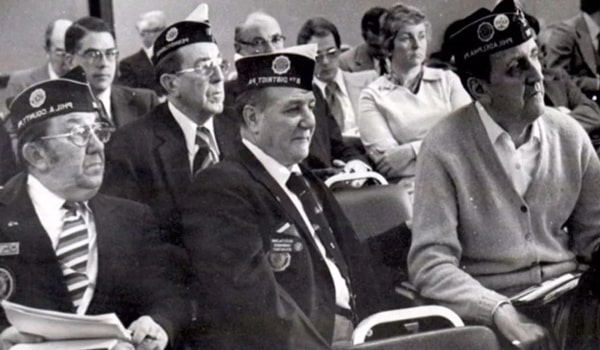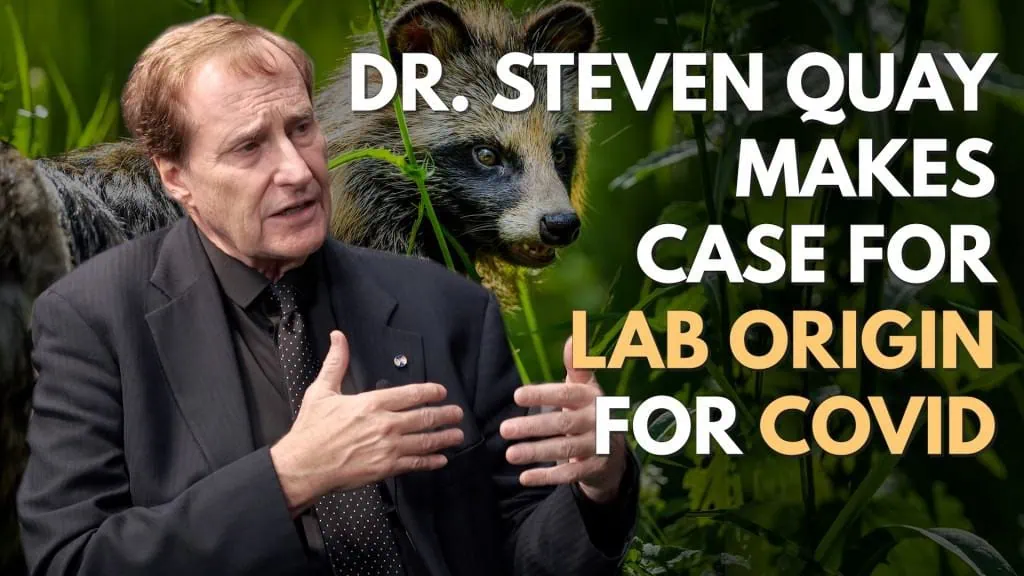In 1976 a strange, rare pneumonia epidemic broke out at an American Legion convention (picture) at an old hotel in Philadelphia. It became known as Legionaires’ disease (or officially legionellosis), caused by a bacteria (then new) named after the meeting called Legionella. So this old military veterans group have both a bacteria and the disease it causes named after them. It was traced to the non-circulating water in the roof air conditioners in that old hotel. That is where it has been found over the decades over and over again.
To this day, when someone asks me about a cough and they live or visit in an old, tall building in a city, I picture their air conditioning system looking like the actual picture below and I suggest a diagnostic test be performed for the Legionella virus. Here the name triggers a useful memory to make me a better doctor.

Additional word associations:
Lyme’s disease, named after Lyme, CT, a wooded New England town with lots of deer. Deer = ticks = disease.
West Nile virus, a river in a hot, equatorial jungle, like Uganda where it began.
St. Louis encephalitis virus, a southern city on a river.
Japanese encephalitis virus, first seen in 1870 in Japan and still the center of it.
MERS, the Middle East Respiratory Syndrome. Jumped to humans from camels, which have surprisingly similar immune systems to us. I’ll send the link entitled, “How Camels Revolutionized the Antibody Engineering Industry.” below. Using camels as ‘antibody factories’ like we use cows for milk is a reality! As they say in the movies, no camels were hurt during the making of these antibodies.
Cocksakie virus, discovered in 1948 in a fecal specimen in Cocksakie, NY while searching for a cure for the polio virus, so I remember it affects the brain/nerves like polio. So its like polio plus GI symptoms, that was why it was in the poo.
Spanish flu of 1918, named in France and which I remember because the Spanish called it the French flu; this reminds me it had nothing to do with either country/location but more with living conditions. Here the name provides a negative association.
So in the spirit of going along I will continue to call our current nemesis by its official name, SARS-CoV-2.
But you have to admit naming it after the huge (11 million) city in Asia where it began in an open air “wet market,” selling wildlife, could make a useful mental picture of some of its characteristics without offending people.
SARS-CoV-2 just doesn’t trigger anything.


